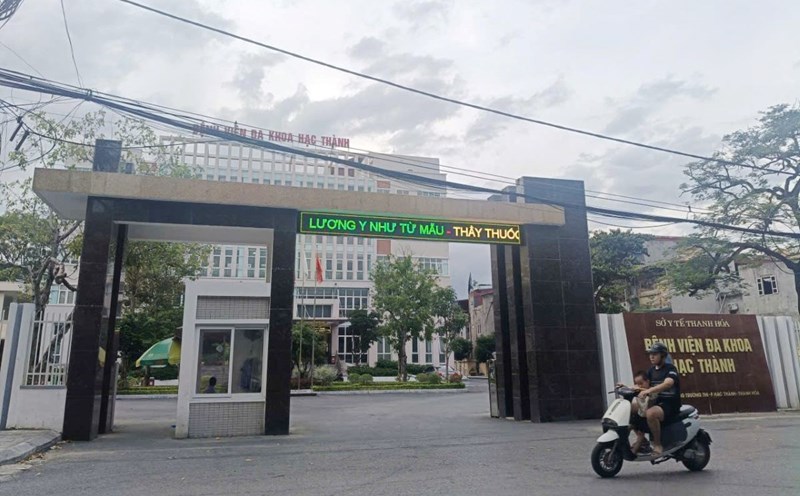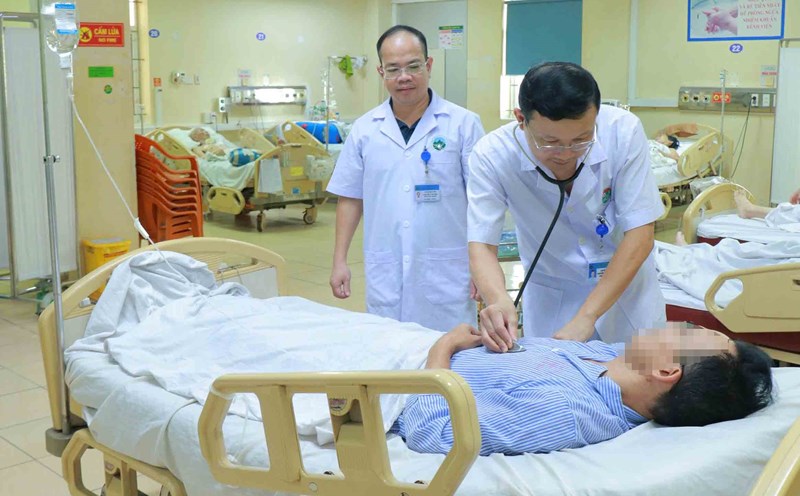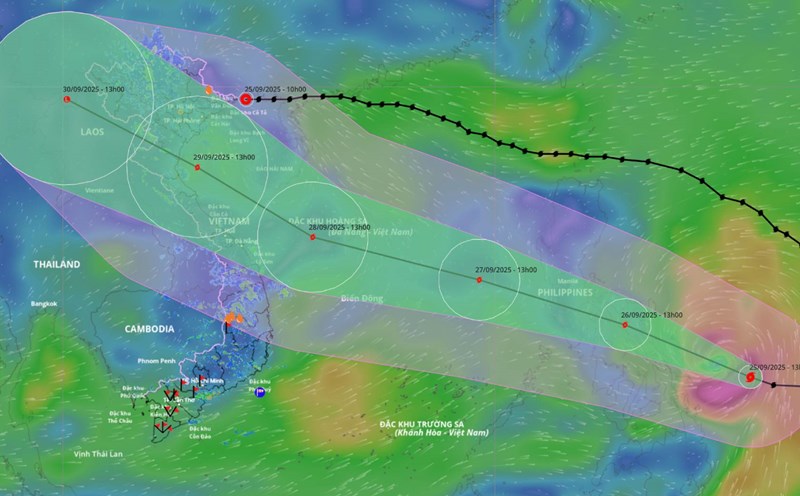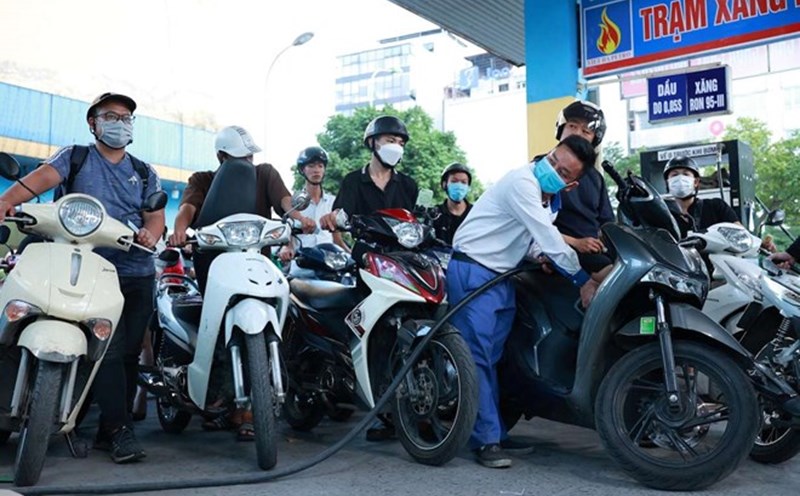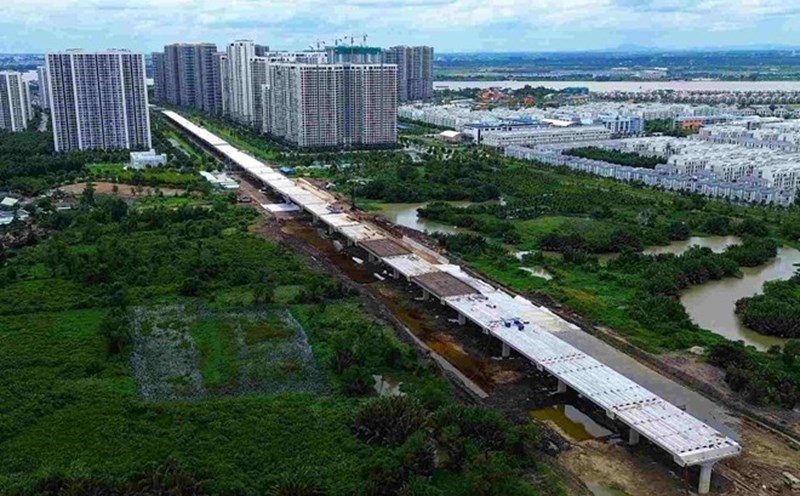Maintaining 15 provincial units
On September 25, speaking with a reporter from Lao Dong Newspaper, the leader of the Quang Tri Department of Health said that the plan to reorganize and reorganize public service units under the health sector in the area has been completed and sent to the Provincial People's Committee and the Department of Home Affairs for consideration and decision.
According to the plan, after the merger, the Quang Tri health sector currently has 43 public service units. Of which, the provincial level includes 15 units, including 7 medical examination and treatment facilities, 4 prevention - specialization units and 4 social protection units.
Notably, the plan proposes to keep these 15 units to ensure the needs of medical examination and treatment, disease prevention and social security for the people.
Quang Tri General Hospital will be developed in a specialized direction, while building a geriatric department to meet the health care needs of the elderly.
Eye hospitals, traditional medicine and rehabilitation hospitals, and provincial staff health examination and care centers continue to operate.
In the field of prevention and specialization, the Center for Disease Control, the Center for Medical Assessment, the Center for Forensic Medicine and the Center for Drug - Cosmetic - Food Testing will be retained.
Social work centers andment centers for mentally ill people in both the North and South of Quang Tri still play an important role in social protection.
Arrangement of regional health system and health stations
According to the leader of the Quang Tri Department of Health, for regional general hospitals, the plan is to keep the 10 existing hospitals to carry out inter-commune and inter-ward medical examination and treatment tasks. In the immediate future, the geriatrics department will be developed at Bac Quang Tri Regional General Hospital, then gradually expanded to other hospitals.
With 18 regional health centers, the plan is divided into 3 types: with inpatient treatment, with general clinics but not inpatient, and without medical examination and treatment functions. In which, the Con Co Military-Civilian Medical Center maintains the specific model. Notably, some centers will be transferred to regional general hospitals to streamline the apparatus, while the rest will focus on preventive medicine, population, and food safety.
An important innovation is the handover of the current status of 264 health stations to the People's Committees of 77 communes and wards for management. On that basis, each locality will develop a project to merge many stations into a single health station, with on-site examination points to serve the needs of the people. After the arrangement, the whole province will have 77 commune and ward health stations, corresponding to the number of administrative units at the grassroots level.
The viewpoint of the arrangement stated by the Department of Health is to maintain the capacity to provide public health services, ensuring continuous service to the people; streamline and suit the model of the two-level government; clearly define the tasks of medical examination and treatment and preventive medicine; arrange and effectively use human resources, not causing great disruption.


